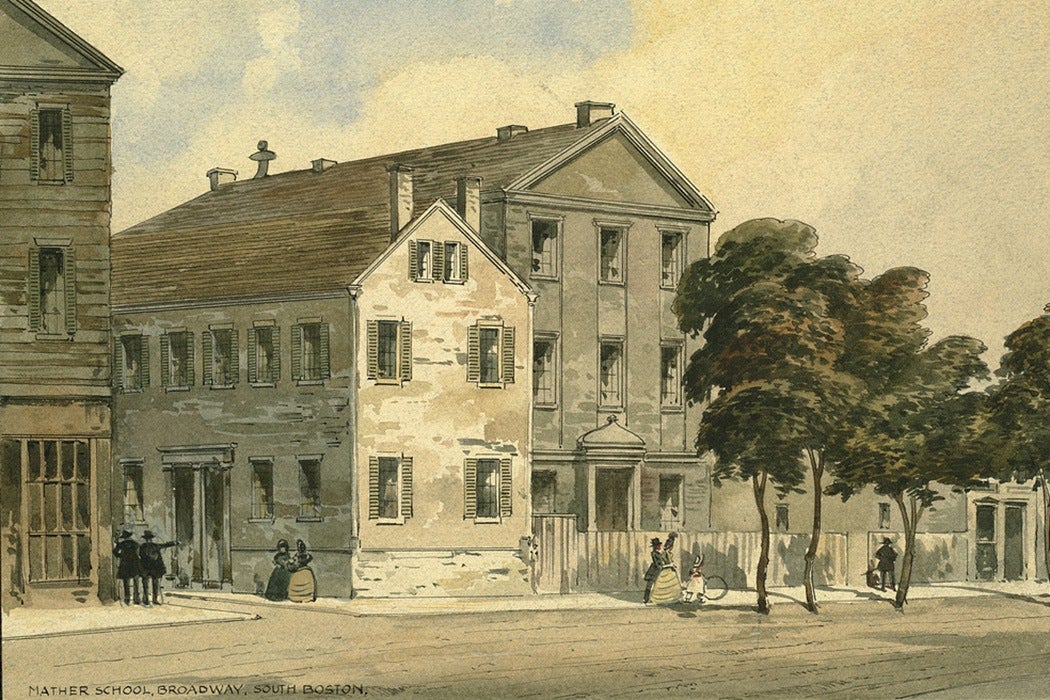As kids return to school this fall, consider the remarkable fact that we all contribute to the education of our neighbors’ kids. While taxpayer-funded college and healthcare are controversial, you rarely hear the argument that taxes shouldn’t pay for elementary and high schools. In a paper for the Journal of Education Finance, Billy D. Walker looked at how this system came to be.
Walker starts his story long before the American Revolution. Universal, compulsory, free education for children was a Reformation idea, partly a result of Protestants’ desire to let people read scripture for themselves, and partly an effort to wrest control of educational systems from the Catholic schools. In the 1500s, German states began funding public schools. Under the influence of the Puritans England followed, but the 1660 restoration of the monarchy set the project back for more than a century.
Meanwhile, Puritans were bringing their ideas to North America. In 1647, Massachusetts Bay Colony passed a law saying that the state could require towns to establish schools under control of public officials, make children attend them, and levy taxes to support them.
But Walker writes that tax-funded schools were less popular outside of New England. In some places, colonists preferred schools sponsored by particular religions, such as Quaker or Catholic schools. Some also opposed the property taxes often used to fund schools, viewing them as infringing on property rights.
In the early years after the American Revolution, almost all states shifted slowly toward state-controlled school systems. In 1779, Thomas Jefferson pushed to shift education in Virginia from private and church schools to a broad public system, arguing that new “kings, priests, and nobles” would arise if “we leave the people in ignorance.” But property taxes were still often controversial, and collection systems inadequate.
In many states, growing urban centers led the way toward universal public schooling in the early nineteenth century. Many in rural farming areas had deemed formal education unnecessary, but as urban populations grew, schools presented a remedy for child labor and criminality, and offered a way for young people to learn marketable skills. Working-class political movements also demanded public education as a way to give more political power to workers.
Walker writes that the South trailed the rest of the country in creating public schools, partly because it didn’t urbanize as quickly as the North, and partly because of its slow economic recovery after the Civil War.
Still, by the 1930s, public schools were entrenched nationwide as the responsibility of local communities, paid for mostly by property taxes. With the growth of high schools and mandatory attendance laws, the schools were often financially strained. In the decades that followed, states and the federal government began providing more aid to local districts. While the taxes paying for education at every level remain annoying to many, it’s worth noting how few people object to the notion of universal education as a public responsibility.







